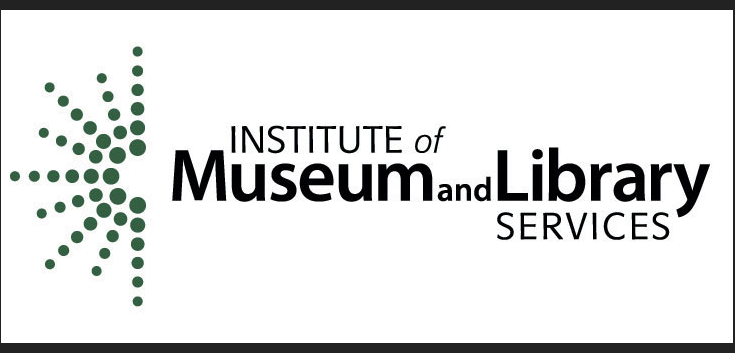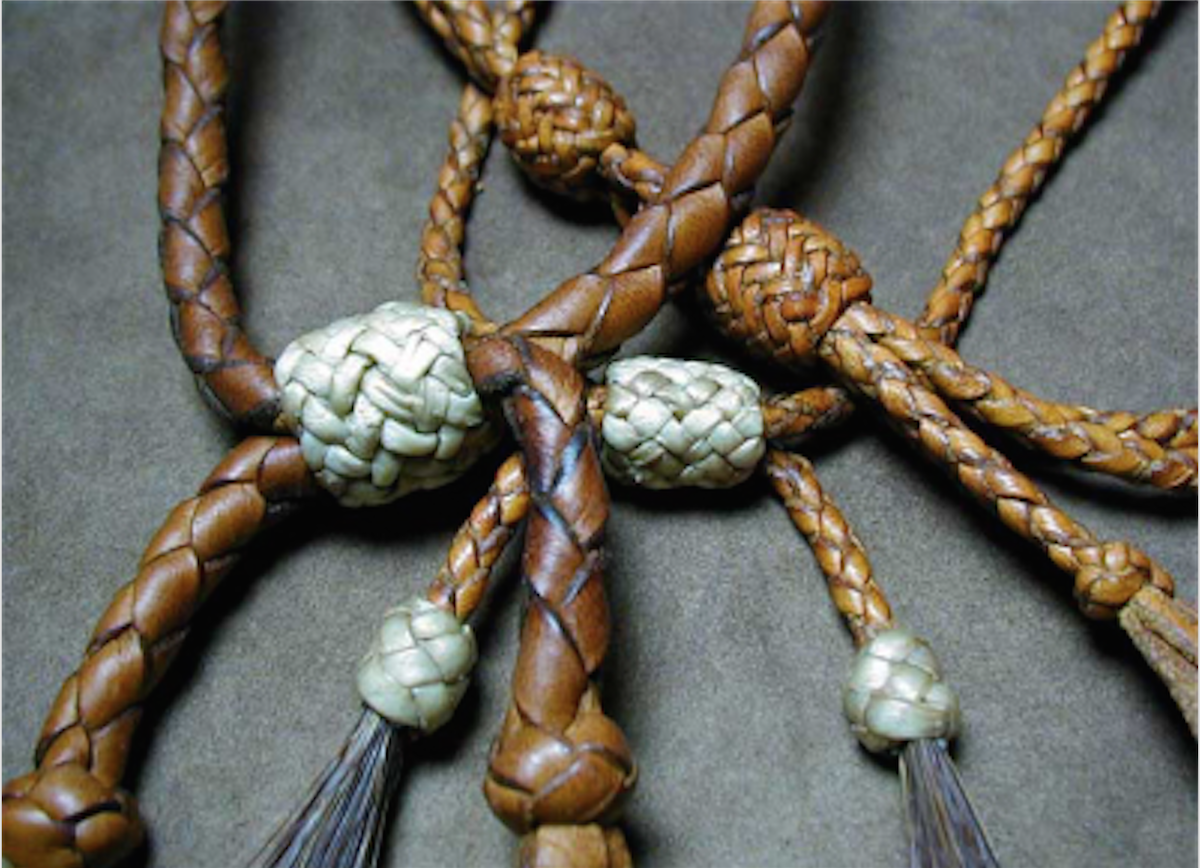23 Aug Braiding Funds Without Getting Tied up in Knots – Approaching budgets with pre-award and post-award in mind by Julie Alsup, GPC
Posted at 07:00h
in Budgets, Competency Five, Competency Four, Grant Reporting, Grants Management, Julie Alsup, GPC
Braided funding, supplanting, and leveraged funds are important concepts to understand for the purposes of effective grant planning (pre-award) and for successful grant management (post-award).
Put simply, braided funding refers to the concept of using multiple funding streams to support the expenses of an organization, program, or project. Having more than one funding stream helps to minimize risk should one funding stream dry up. In addition, having one or more confirmed revenue source helps build confidence among other potential funders.
20 Aug Funding Alert! Office of Head Start Grants for Early Head Start Expansion and Partnerships
Department of Health and Human Services – Administration for Children and Families – Early Head Start Expansions and Early Head Start – Child Care Partnership Grant Attention folks already operating Head Start services (or capable of doing so)! If your program is seeking funding to expand services or create a childcare partnership that addresses your community’s needs, then you might be interested in this opportunity. The U.S. Administration for Children and Families (ACF) recently opened applications for Early Head Start (EHS) Expansion and Early Head Start – Child Care (CC) Partnership grants. The Head Start and EHS programs provide funding to public and private nonprofit and for-profit entities that offer comprehensive child development services. The emphasis for this grant funding is on supporting economically disadvantaged children and families.19 Aug Funding Alert! Coronavirus Relief for Kansas Nonprofits and Small Businesses
Kansas Department of Commerce – Back to Business Grants Attention Kansas organizations! The Kansas Department of Commerce recently announced multiple funding opportunities related to COVID-19 relief. The Strengthening People and Revitalizing Kansas (SPARK) Task Force has approved over $130 million for economic development and connectivity projects, which will be awarded as grants to qualifying businesses. The application portal will be live Wednesday, August 19 at 12:00pm CST and remain open until funds are expended.13 Aug Funding Alert! Public Humanities Projects for Planning and Implementation
National Endowment for the Humanities – Public Humanities Projects Attention humanities folks! If your program is seeking funding for a project that engages general audiences through in-person humanities programming, you might be interested in this opportunity. The National Endowment for the Humanities (NEH) recently opened applications for the Public Humanities Program grants to support exhibitions, historic places, and humanities discussions. The NEH seeks projects that explore diverse topics in American history and examine foundational documents, historical objects, places, traditions, events, and individuals who have shaped the United States.06 Aug Funding Alert! Department of Education Grants for Innovation in Education
United States Department of Education – Office of Elementary and Secondary Education: Education Innovation and Research (EIR) Program: Early-Phase Grants Attention folks in higher education! Is your program seeking funding for researching and developing an innovative educational practice? The United States Department of Education’s Office of Elementary and Secondary Education (OESE) recently opened applications for Education Innovation and Research (EIR) Program for Early-phase grants. The EIR program is a phased structure that links the potential funding amount to the quality of supporting evidence for the proposed project’s efficacy. The expectation here is that projects will build upon their evidence and move through the EIR program phases: Early-phase, Mid-phase, and Expansion. For the purposes of this solicitation discussion, we’ll take a closer look at Early-phase grants.02 Aug Grants Management – Are We There Yet? by Tracey Diefenbach, GPC
With summer in full swing, vacation planning is or has been on everyone’s mind, including mine! As I booked reservations for a family road trip with my husband and three kids along with five other families, it got me thinking – this vacation planning is a lot like grants management planning. There are some key strategies used in vacation planning that can and should be used in grants management to answer the dreadful question, “Are we there yet?” with a confident “yes.” Whether you are a grants professional working with a university managing lots of complex federal grants or a small nonprofit agency managing several foundation grants, there are some simple strategies we all can employ to alleviate bumps in the road.19 Jul Are We Ready for this Relationship? Walking the Talk on Meaningful Partnerships by Julie Alsup, GPC
When you say you are going to “partner,” what exactly does that mean? In today’s grant-seeking world, it’s not necessarily enough simply to say you will “partner” with XYZ organization to achieve your objectives. HOW exactly will you partner? Agreeing to put another organization’s flyers on your front desk is not the same as allocating time and effort for full-time staff to participate in a stakeholder coalition, in order to develop a charter for collaboration that conducts joint fundraising and has a mission extending beyond that of any of the individual agency partners.13 Jul What to Expect When You’re Prospecting by Leah Hyman, GPC
Posted at 10:40h
in Competency Two, Funding, Leah Hyman, Organizational Readiness, Research, Strategy
What to Expect When You’re Prospecting
Or: What to Know About Working with a Consultant
A scenario: your small nonprofit organization has been in operation for several years now, thanks to the generosity and trust of individual donors and supporters. You have generated some promising outcome data from your programs, have a clear direction, and are making a positive impact on your target population. You feel you’re ready to move on to the next step in your organization’s growth: diversifying funding streams by adding in some grant dollars. But you’re busy running programs, your board is stretched thin, and you’re just not sure where to start.
Choosing to seek outside assistance from a grant professional is a big step for an organization. The combination of a very small staff (or perhaps even a one-person shop), a small pool of invested donors and volunteers, and the amount of time, energy, and resources spent in getting a nonprofit off the ground can make this a deeply personal decision. An outsider consultant who suddenly asks lots of specific questions about your policies, competitors, and finances might feel a little intrusive (at best) or downright offensive (at worst).
But wait! That consultant means well. They’re likely trying to gauge your organization’s grant-readiness and capacity for managing different types of funding opportunities to determine the most effective and efficient next steps. Here’s what to expect as you enter this new relationship.










